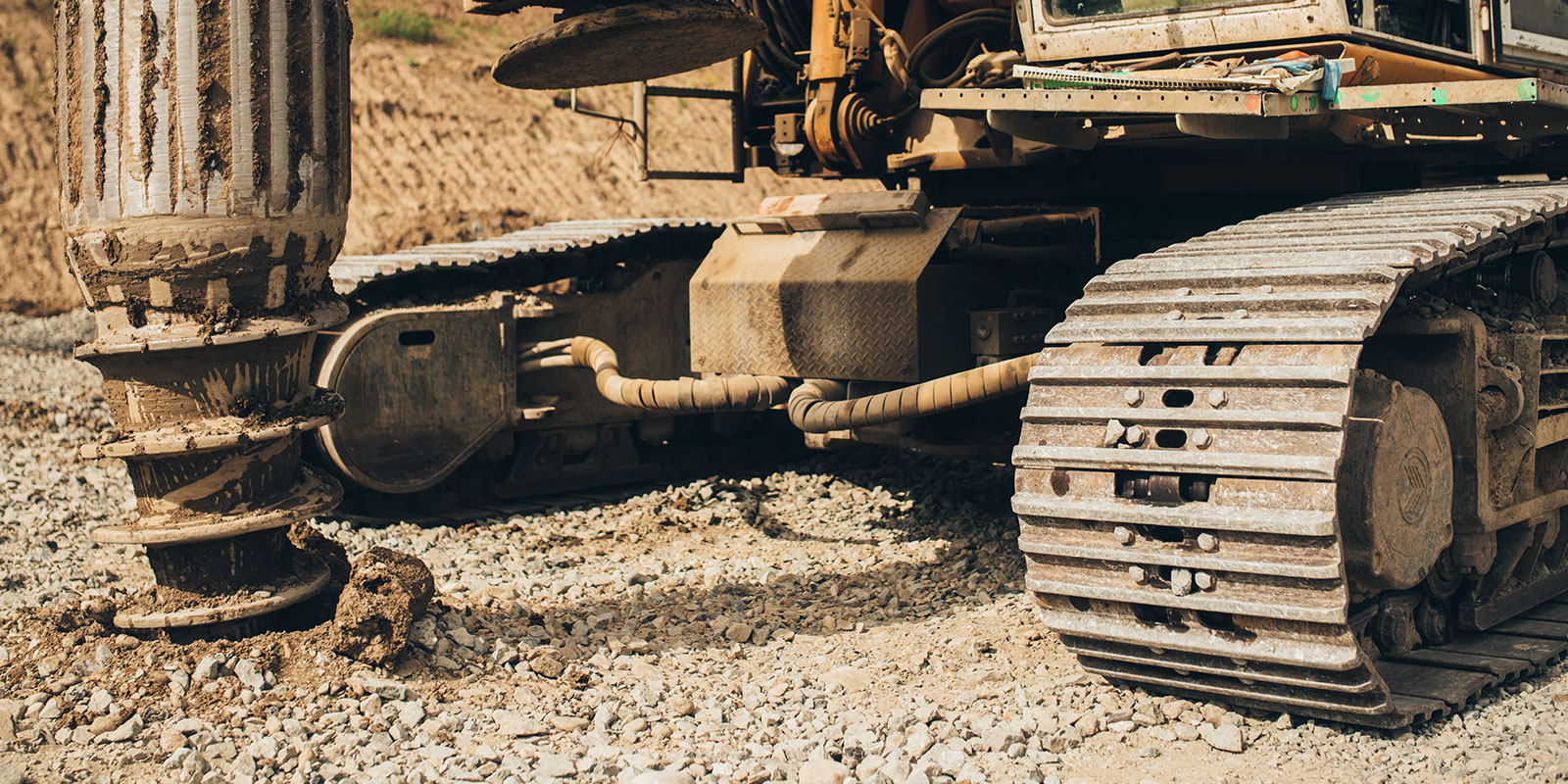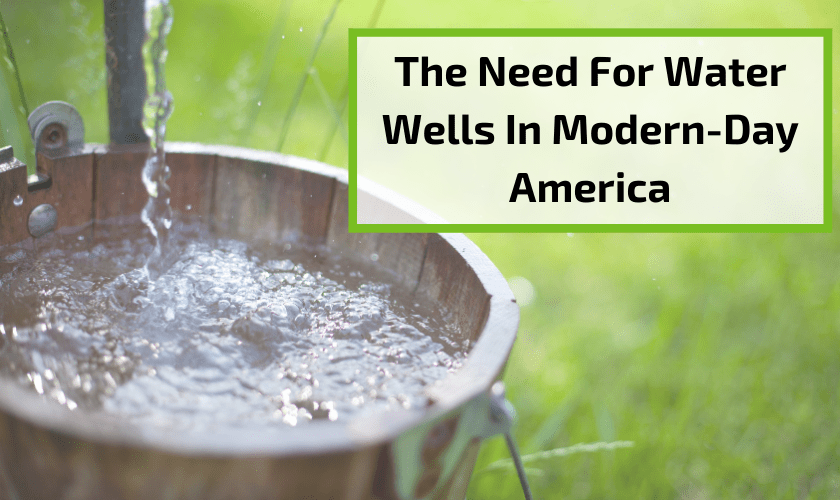Access to a residential well provides a range of benefits for homeowners. In addition to avoiding recurring municipal or local water and sewer bills, having your own well means direct control over the safety and availability of your family’s water supply. Here’s a quick rundown of what to expect when planning to have a well installed or inspected.
What Do Well Inspectors Look for When Examining a Well?
Routine inspections are vital to ensure the well is in good operating condition and the water supply is safe. It is usually recommended that homeowners schedule an inspection with a licensed or certified water systems professional at least once a year. A thorough examination should include:
- Visual inspection of well and pump
- Testing for impurities such as nitrates or coliform and anaerobic bacteria
- Water flow and output testing
- Recording where the well is situated in relation to property lines, septic systems and bodies of water
Can a Well Be Installed Anywhere?
Geology, topography and the existence of an adequate supply of year-round ground water are all important considerations when deciding where and if to drill a well. Your local drilling contractor should be able to give you a good idea of how successful a well would be in your area.
How Long Does Installation Take?
Once your contractor determines a good site, drilling and installation usually takes between 1-3 days, though deeper wells may take longer to complete.
Is a Pump Included in Installation?
Your contractor should be equipped to install a pump system as well. Once drilling is completed, technicians will be able to decide the size and type of pump that will work best.
Your Local Expert
Whether you need to schedule your annual inspection or want a free estimate on installing a new well and pump system on your property, at Chesapeake Geosystems, Inc. we offer a full suite of services to help. Contact us today by sending an email to [email protected] or completing a contact form to learn more.









